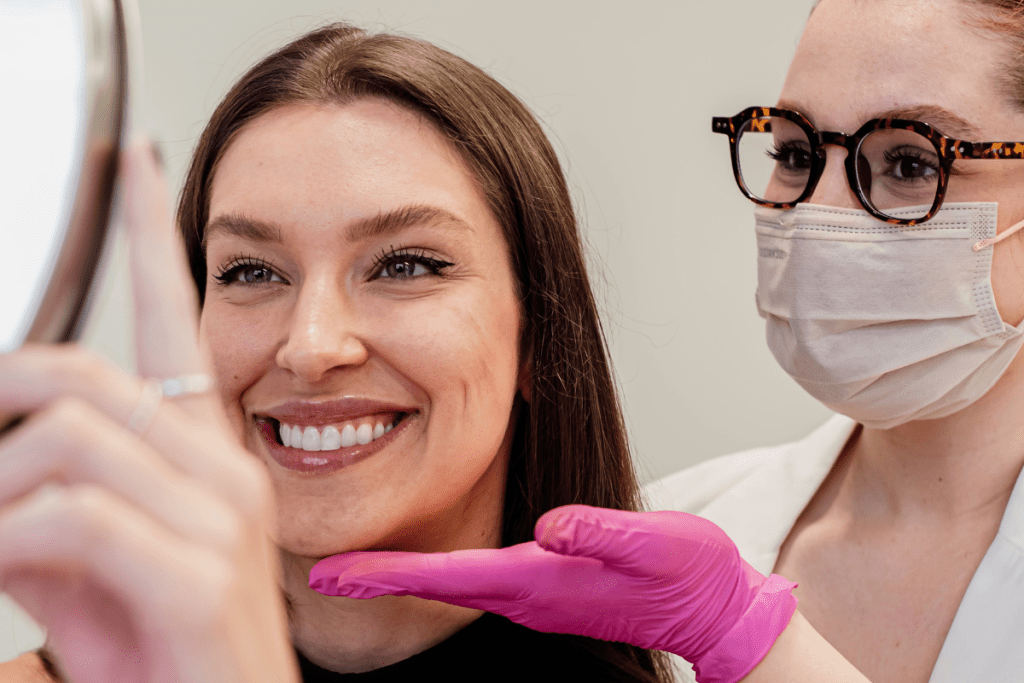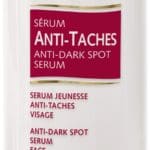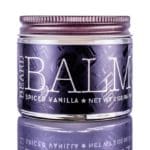
SPF by any other name might be hippopotamus sweat – specifically, a blended pigment of red hipposudoric and orange norhipposudoric acids. Casually labeled ‘blood sweat,’ the pinkish-red secretion on the backs and snouts of soaking hippopotami bloats is neither blood or sweat, but an ultraviolet protective lipid secreted from glands to protect the animal’s hide from blazing sun rays.
Hippopotamus amphibious are quite thin skinned and sensitive – the pink hue seen gleaming on their hides is an amazing principle of animal physiology. With no sebaceous glands or hair, hippopotami have little relief from scorching ultraviolet rays except submersion in water and mud. About 15 years ago, Japanese researchers discovered that the water-resistant, antibiotic compounds excreted through subdermal glands absorb light in the ultraviolet visible range (200 to 600 nanometers), thus providing significant epidermal and dermal protection. The longest visible wavelength in the spectrum is red (620 to 780 nanometers), the next longest is orange (585 to 620 nanometers). The light absorption of each color peaks in the ultraviolet range. The benefits of blended hipposudoric and norhipposudoric acids have morphed into a strong contender for potentially powerful skin care, notably, ultraviolet protection with an antibiotic boost. The problem is, both red hipposudoric and orange norhipposudoric acids remain laboratory instable, despite 15 years of study.
Scientist Hashimoto, of Keio University in Yokohama, says that hippopotami all over the world secrete pigments, so she does not think they depend on pigments ready-made in their food. Instead, she suspects that the animals synthesize the pigments from common precursors, such as the amino acid tyrosine. The secretions start out colorless, turn red-orange within minutes, and then gradually polymerize, eventually turning brown. Hashimoto’s team reports that the darkening results when the pigments form long chains.
The FDA’s final over-the-counter sunscreen monograph made many misconceptions about sun protection factors, including accurate protection times, water resistance, and protection claims. The professional skin care community is well educated with chemical and physical sunscreen behaviors – the former absorbs UVA rays, the latter works via UVA and UVB ray deflection. There is always a waiting list of new ingredients wrestling for center stage – an important part of the professional’s job is translating both their legitimacy and efficacy when they cross into product formulation. While norhipposudoric acid and hipposudoric acid play the role of medicinal SPF for the hippopotamus, professionals will have to wait a while longer for the stabilization and synthesization of these highly acidic compounds to make it to their backbars.
Reference
Milius, S. (n.d.). Red Sweat: Hippo skin oozes antibiotic sunscreen. Retrieved from http://www.phschool.com/science/science_news/articles/red_sweat.html























0 Comments